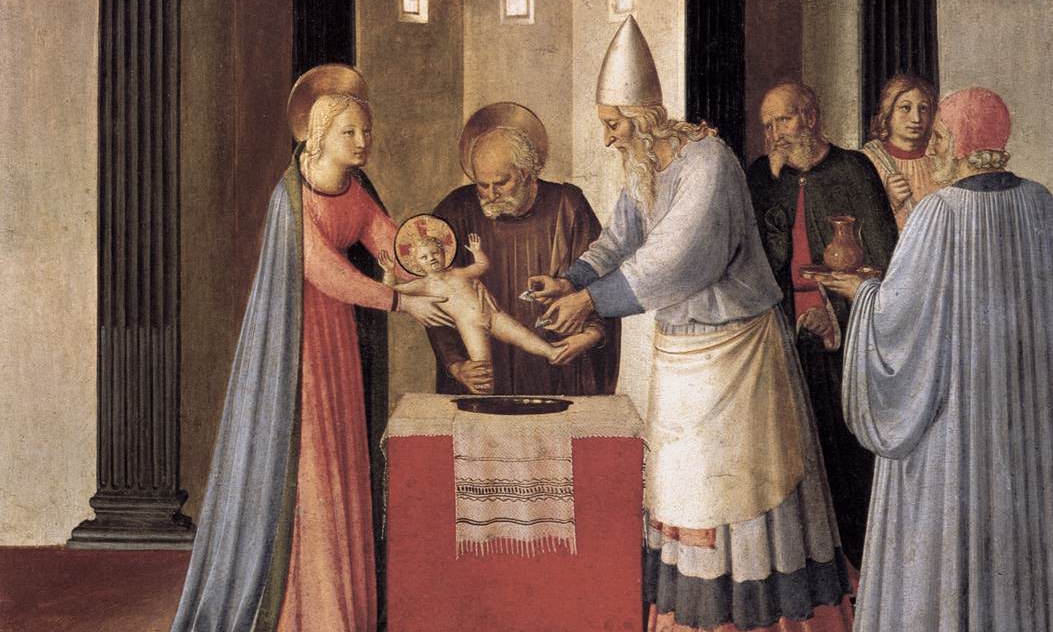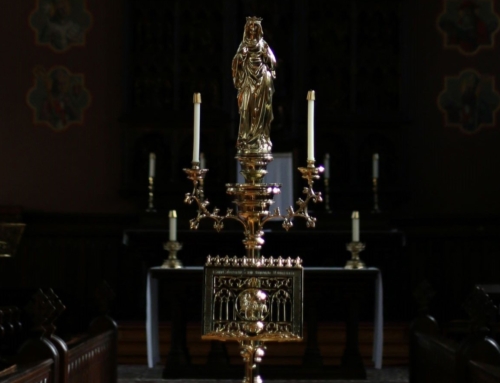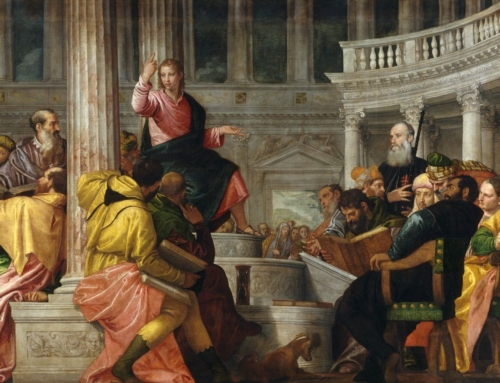Happy New Year! As we begin 2018 with a civic holiday, the Church rejoices in her own major feast: the Solemnity of Mary, the Mother of God. What’s the origin of celebrating a major liturgy on New Year’s day?
From the Church’s infancy, there have been pagan or secular festivities marking the dawn of the New Year with all manner of debauchery. Such vicious behavior—which Augustine calls in one New Year’s Day sermon a “false feast day”—turns us away from offering God the praise that is his due and our glory. Given the soul-destroying activities occurring, gathering to celebrate the Eucharist strengthens in us the virtue of religion, the right worship of God.
It may surprise us to discover, however, that here the Church’s hierarchy actually followed the sense of the faithful. In the same early fifth-century sermon referenced above, Augustine observes that his congregation in Hippo “[has] come together today as if it were a feast [quasi sollemniter], and have gathered for this particular day in greater numbers than usual.”
The English Dominican Augustine scholar Edmund Hill notes that quite organically “many of the faithful are spontaneously turning the day into a kind of Christian celebration; and in a year or two the Church authorities—that is, Augustine and his clergy—will in Hippo at least have followed up this lay initiative, and made New Year’s Day the feast of the Circumcision.”
The feast of the Circumcision? For us, the traditional theme of this day’s feast (which was revised in the liturgical reforms of the 1960s) may seem a bit odd or even indecent. But recalling that our Lord, through the obedience of his parents, fulfilled this painful precept of the Old Law eight days after his nativity can encourage us to obediently fulfill those precepts that support our own life of grace.
The New Law of grace which the Incarnation inaugurated emphasizes the interior transformation to which the exterior ritual of circumcision had first pointed. Such a conversion of heart was foreshadowed even in the Torah: “The Lord, your God, will circumcise your hearts and the hearts of your descendents, so that you will love the Lord, your God, with your whole heart and your whole being, in order that you may live” (Dt 30:6).
For our own vitality, we are called to love with our whole being this God who first loved us so much that he sent his only begotten son, knowing what would be the price of such a mission. In a particular way, that payment was begun eight days after his birth, when our Savior shed his blood for the first time at his Circumcision. St. Luke also reminds us that it was there that Christ was formally given the name Jesus, which means “God saves” (see Lk 2:21). Jesus was born to save, and the road to Calvary began even in his infancy. In a certain sense, the mohel’s knife was the first instrument of his salvific Passion.
The Christian pursuit of purifying our hearts is similar to the Lord’s Circumcision: It is not an activity for the faint or fickle. The Immaculate Heart of the Mother of God—she whom we now honor liturgically on this day—gives the Church a supreme model of holiness and the necessary encouragement to undertake such a challenging task. With her intercession, let us fortify our resolve to belong to God more completely in this New Year that is dawning.
✠
Image: Fra Angelico, Circumcision







